
VIRGIN WOOL
Per year, virgin wool production is more than 2 million tons – in about 100 countries such as Australia, South Africa, New Zealand and South America. One shearing results in about 4kg raw wool per sheep. Right after that, the wool is examined and sorted by criteria such as fineness, quality, cleanliness, share of lanolin and strength – this sorting determines the purpose of the raw wool. For our pure virgin wool throws, blankets and cushion covers we solely choose fine and top quality fibres. The fineness is especially defined and measured by microns, which is one millionth of a meter. The lower the diameter, the finer and softer the fibre. Superfine means 19-21 microns (merino wool). These extra fine wools originate from Australia, for example, and are used in our products.
By the way: virgin wool is a renewable resource and may be composted. If cared for properly, your favourite virgin wool piece will last a lifetime.
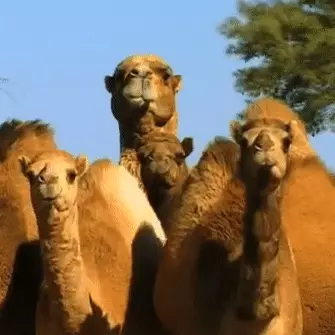
CAMEL HAIR
The wool of a Dromedary camel is rather robust and therefore very well suited for rugs. On the contrary, the Bactrian camel, from the family of camels mainly found in Mongolia and in China, provides very fine camel wool. Camel hair is composed of two types of hair; coarse top hair and very light, but still soft undercoat. It is this bottom layer of soft and silky hair that is predominantly used for textiles. A shearing is rarely necessary because camels lose several kilograms bottom hair per year. The fine hair has great features: due to the climatic particularities of the desert it balances high temperatures in summer, keeps warm in winter and absorbs moisture because of its hollow fibre. As the hair is very long, it can be woven especially well. We only choose this fine camel hair for our blankets and throws.
By the way: camel hair throws are classic products which have been available in the market for more than 100 years. At the beginning of the 20th century, ‘zoeppritz since 1828’ created the blanket LZ 127 with its classic meander design exclusively for the airship Graf Zeppelin (LZ 127) – this luxury item was made of camel hair and accompanied the passengers on their journey through the air.
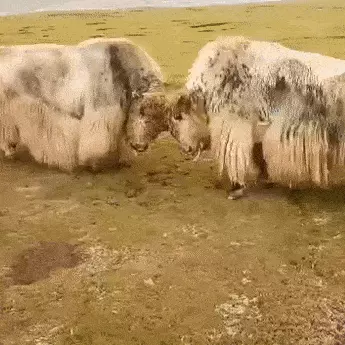
YAKWOOL
Yak hair is comparable to cashmere wool and shows similar features, but due to its wide availability it is not counterfeited to the extent that cashmere is. The animal’s topcoat is rather coarse and shaggy in order to regulate temperature and keep dust out. The undercoat on the other hand, is light and supple, and only half as thin as cotton. We use the fine undercoat, which also has temperature regulating qualities and is tactually appealing for our blankets and throws. Yak hair can be obtained both through shearing and through combing out, before the animal drops the fine wool in the warm summer months.
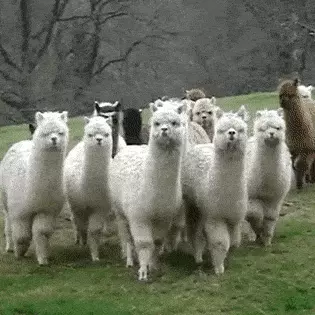
ALPACA WOOL
Alpacas are sheared manually once a year – this is actually mandatory in order to support the animals during the hot season with their thermal equilibrium. Each animal produces about 3kg raw wool which is then sorted by different criteria, for example fineness and fibre length. Commonly used levels of quality are baby alpaca and super-fine alpaca, baby alpaca is finer and thus more high-grade than super-fine alpaca. It is sorted in about 20 natural shades and can be dyed in different colours making it perfectly suitable for our patterned and coloured blankets and throws. The light hollow fibres store heat at low temperatures and expel heat on warm days. Alpaca wool is light, silky and glossy and at the same time not only warmer than virgin wool, but also softer. The fibre falls very fluidly – which is why we choose to use this for our fine couch throws.
By the way: alpaca wool does not contain any wool grease (also referred to as lanolin) and is therefore especially skin friendly, thus perfectly suitable for people who are allergic to wool.
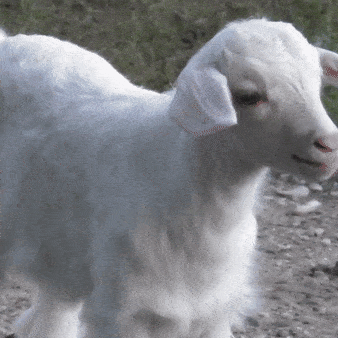
CASHMERE
Cashmere is a precious wool which exhibits extremely good thermal properties with minimal net weight – the fibres of the undercoat are extra fine and comparatively long at up to 90 millimetres. The hairs are bright and can therefore be easily processed to textiles of varied colour. Articles made of cashmere are luxury items – a longer fibre length is particularly important for blankets in order to get a pleasant pile. If cared for properly, the wonderful soft touch of cashmere will remain for years to come.
By the way: because of the limited availability of cashmere and therefore its desirability, one should watch out for mixed fabrics and counterfeiting. Within the European Union, the name “cashmere” or “cashmere parts” is not sufficient for the best quality. Only the highest-quality goods made of pure cashmere wool may carry the name “100% cashmere” – this is the quality we use in our blankets, throws and garments.
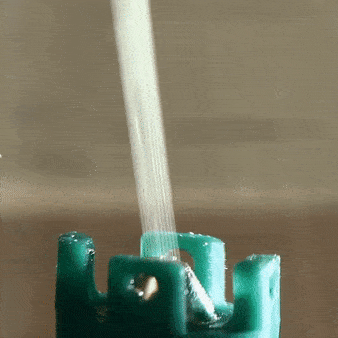
VISCOSE
The pulp is obtained in a complex, multistage process from woods such as Beech or Spruce. The pasty mass produced as a result is also referred to as viscous – which is the eponym for the final material. From these fibres or filaments viscose fabrics are manufactured. The viscose fibre outperforms the features of cotton in many aspects: it absorbs more moisture, and therefore has very good hygienic characteristics, it is temperature-regulating and skin-friendly. Viscose does not stretch, and it is very well suited to be dyed and printed due to its perfectly even threads and does not require ironing normally. These are also the reasons for its extensive use in various other industries besides the textile industry, it can also be found in gauze, wet wipes or tea bags and in bank notes for instance.
With its large share of 35% viscose, our SOFT-FLEECE®-family combines all of these fantastic features – this is why we aptly call it “THE BEST SOFT-FLEECE ALL OVER THE WORLD!”

MICROFIBER
Whether as part of a mixed or unmixed processed fabric, microfiber stands for high durability and tear resistance, fast drying, strong absorbency and easy care which is, for instance, ideal for blankets that have to be washed very often. The fibre is also very soft, fuzz-resistant and dimensionally stable. These features are particularly important for kids’ blankets.
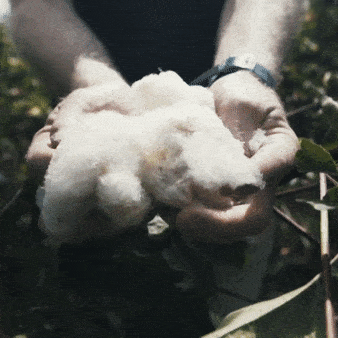
COTTON
Cotton is one of the oldest cultivated plants and has been used for thousands of years across the world to produce light weight clothing. Its big moment came at the beginning of the 19th century, with the start of the industrial revolution. Through its increased availability, which in turn was due to its cultivation in the British colonies, cotton also began to gain ground as an important economic commodity.
The process from farm to fibre involves ginning and carding after which the fibre is spun into threads ready to be woven or knitted into various materials. Cotton fibres are very absorbent, skin-friendly and non-allergenic. It is long-lasting and very tear-resistant, especially in moist conditions. Its big advantage is its easy care – although its drying process takes a longer time than the drying of synthetic fibres.
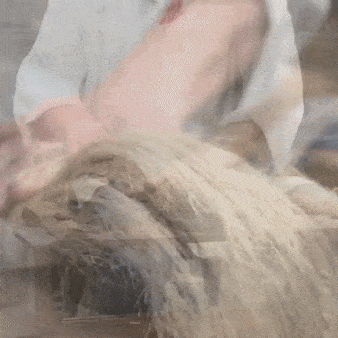
LINEN
Linen is currently undergoing a renaissance. The plant does not require a lot of water or fertilization making its cultivation more environmentally friendly than cotton. The fibre is naturally durable, anti-static and tear, dirt, and bacteria resistant. Linen is cooling and very breathable making it highly suitable for bed linens, sheets and cushions used in Spring and Summer. Its special feel and desired “noble wrinkling” make linen a unique and sought after fabric.
Our recommendation: always check the quality. In contrast to half-linen, pure linen offers the highest share of linen within the fabric; it is also firmer, more precious and more noble.